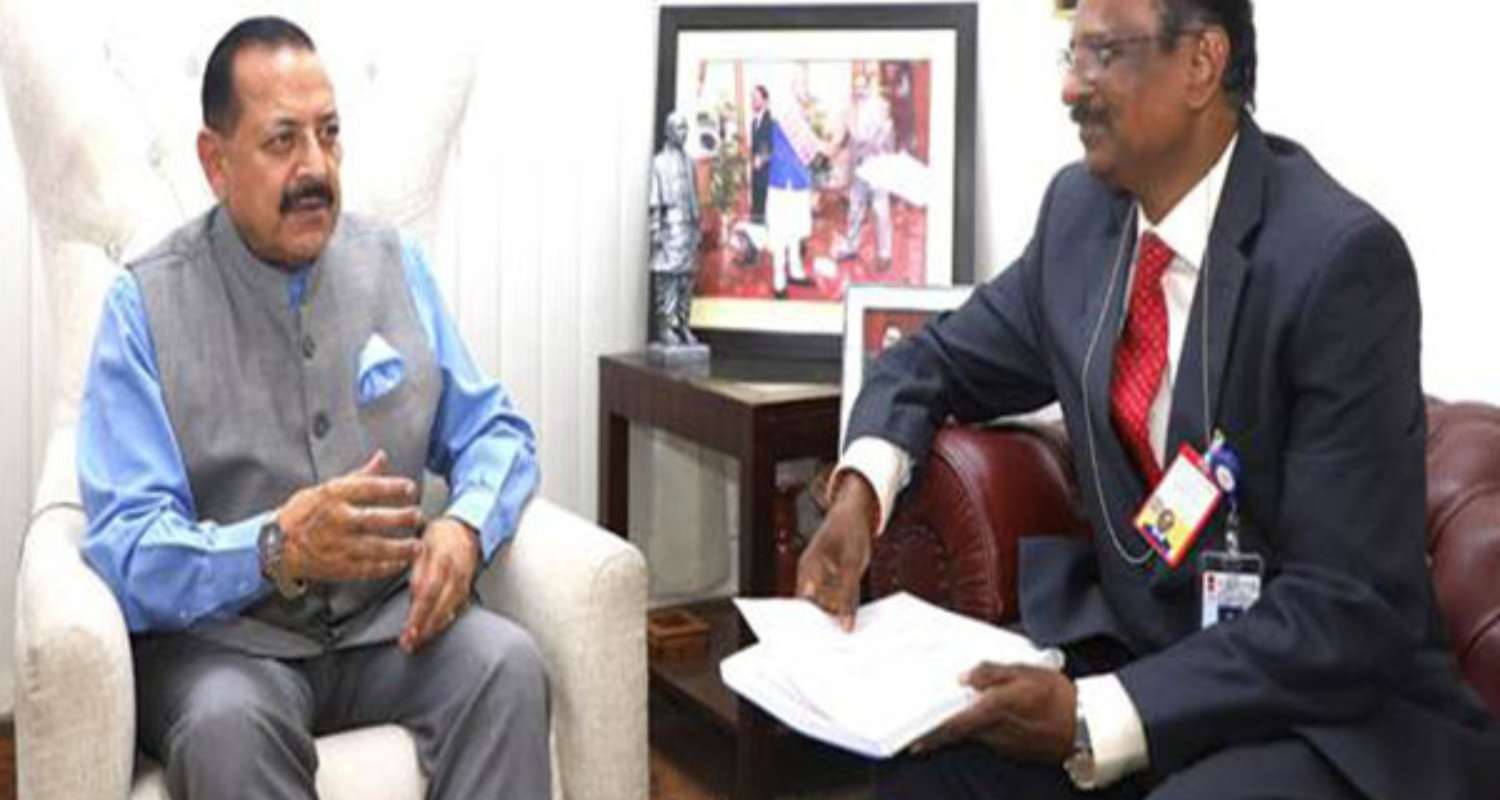The Indian Space Research Organisation (ISRO) has announced that an Indian astronaut will be part of an International Space Mission scheduled for next month.
This announcement was made following a high-level meeting focused on reviewing the major plans for ISRO's future space missions. The meeting was led by Union Minister for State (Independent Charge) for Science and Technology, Dr. Jitendra Singh, who revealed that the mission would mark a historic milestone.
It will see the first Indian ever visiting the International Space Station (ISS), as well as the first Indian astronaut to travel to space in over four decades since Rakesh Sharma’s iconic 1984 flight aboard a Soviet Soyuz spacecraft.
Dr V Narayanan, Chairman of ISRO, further disclosed that Group Captain Shubhanshu Shukla of the Indian Air Force has been selected for the mission. Captain Shukla is scheduled to travel to the ISS as part of Axiom Space’s Ax-4 mission in May 2025.

This mission will be a significant step for India, highlighting the country’s growing involvement in international space collaborations. The mission is set to showcase India’s expanding capabilities in space exploration and strengthen its partnerships with global space agencies.
The Department of Space's official release emphasised the significance of this mission, with Dr. Jitendra Singh stressing India’s readiness to achieve another critical milestone in its space journey. The mission is part of a broader vision to not only contribute to space science but also to position India as a leader in space technology.
Singh also highlighted the strategic momentum of ISRO’s ambitious projects, including the Gaganyaan mission, which aims to send Indian astronauts into space.
Further underscoring the importance of this year’s space agenda, the official statement also noted several upcoming missions lined up for May to July 2025. One of these missions includes the launch of the PSLV-C61 rocket, which will carry the state-of-the-art EOS-09 satellite.
Equipped with a C-band synthetic aperture radar, the EOS-09 satellite will be capable of capturing high-resolution images of the Earth’s surface, regardless of weather conditions or time of day.
In addition to these milestones, another significant mission planned is the Test Vehicle-D2 (TV-D2) mission, which is designed to simulate an abort scenario and demonstrate the Gaganyaan Crew Escape System.
This mission will also include sea recovery operations for the Crew Module, replicating the procedures planned for India’s first human spaceflight, further strengthening the nation’s preparations for its future space exploration endeavors.


